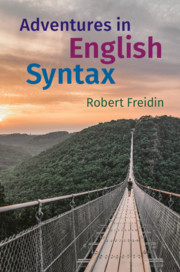Contrary to traditional thought in linguistics and editing, recent studies using corpus-based evidence suggest that historical English usage patterns influenced prescriptive usage manuals’ guidelines more than the other way around. To explore the modern relationship between English language prescriptions and usage, this study focuses on the wide-reaching genre of written online news and the topic of gender-fair language. It compares changes regarding gender-specific titles in the Associated Press's stylebooks to actual usage trends as documented by the News on the Web (NOW) corpus. Results from NOW show -man title variants as the dominant form in the early 2010s, consistent with AP style at that time. However, many gender-neutral (including -person) variants saw rapid uptake in usage in the mid-2010s to become the most frequent forms by 2021, contrasting AP guidelines that only started listing -person and other neutral forms as ‘acceptable' around 2017 and as the prescribed forms more recently. These results indicate both an increased cultural consciousness for changing gender equity standards as well as a willingness of many news writers, editors, and publishers to defer to culturally significant language trends even if authoritative guides do not yet endorse them.
